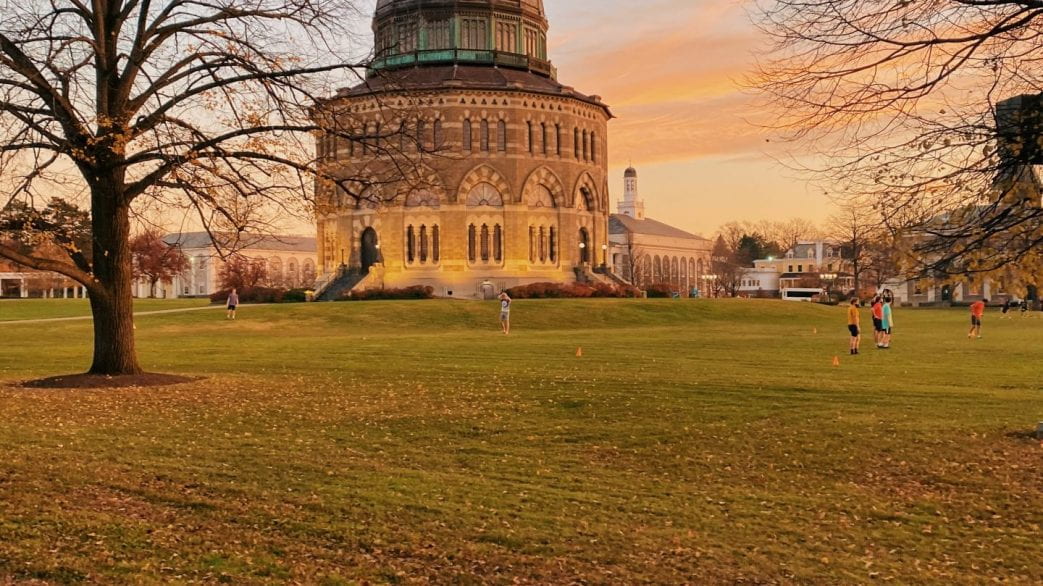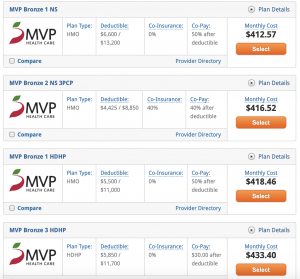New York, Schenectady and Union College Take On COVID-19
The response to COVID-19 can probably be separated into two different groups community wise. Of course, the larger community is Schenectady and the Albany area but, Union College as a community has responded in certain ways as well. The larger community has to follow New York state guidelines, which are given by Governor Andrew Cuomo. New York’s guidelines in response to COVID-19 are strict, there are travel restrictions, gathering restrictions as well as mask and social distancing protocols.
Schenectady has a specific coalition for COVID-19 where members of the community can find updates with regard to the status of the virus, as well as seek any resources they might need. The response coalition has resources listed if community members need groceries, or any other supplies. Additionally, there is a coronavirus update page on Schenectady City’s website. If people are seeking help with unemployment or need support for their small business, there is information on this website to help people take steps to be supported by the government.
On the health care front, Hometown Health has put into place Telehealth protocols, where nurses make house calls with computers in order for physicians to communicate with patients. This aspect has been covered in previous blog posts, see blog post “Socioeconomic Determinants of Health in Schenectady” for further information.
Union College has responded quite promptly in accordance with New York State guidelines. The college tests students and staff once per week and required all students to quarantine and receive a negative test result prior to participating in any classes or campus activities. Additionally, they made a dashboard available on their website, to keep all students, staff, and parents aware of the number of cases on campus, the number of tests procured and the number of students in quarantine. The transparency the college has shown with regard to the virus, number of cases and handling any situations that arise has been very good. The administration has responded positively to the virus, doing their best to serve both the remote and in-person students. Union made testing a priority which allowed students and staff to feel safe in the small college community. This also was important for the community surrounding the school, knowing that cases are under control helps to keep those who live in Schenectady near the college, as students have the potential to bring a fair amount of risk to the community.





